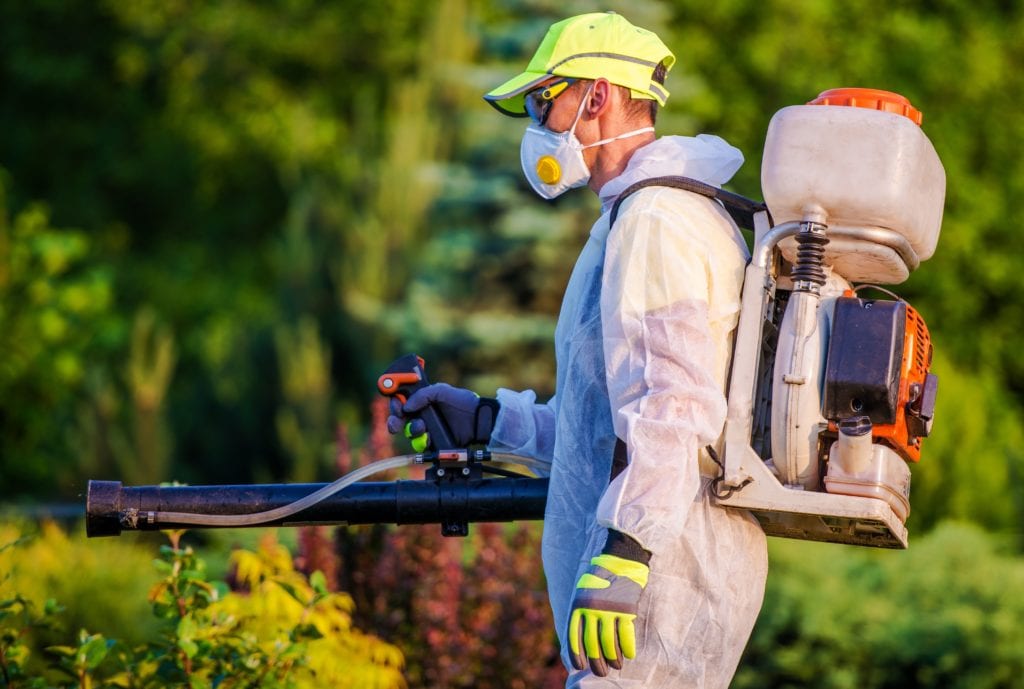Bed Bug Dog Detection: Find Infestations Early for Peace of Mind!
Bed Bug Dog Detection: Find Infestations Early for Peace of Mind!
Blog Article
Expert Pest Control Techniques for Long-Term Outcomes
Expert insect control methods encapsulate a detailed approach that starts with a complete assessment and evaluation, complied with by exact bug identification to comprehend their behavior patterns. The implementation of Integrated Pest Management (IPM) concepts, paired with eco-conscious therapies, develops the cornerstone of sustainable insect removal.
Assessment and Assessment
Upon getting in a residential or commercial property for parasite control solutions, the first action is a comprehensive evaluation and evaluation to recognize the degree of the problem and determine one of the most efficient therapy plan. Professional parasite control professionals are educated to carefully examine the properties, searching for signs of insect task such as droppings, chomp marks, nests, or any architectural damage. They will certainly likewise assess the problems that may be bring in insects, such as food resources, water leaks, or access points.

Insect Identification and Habits

Additionally, understanding the behavior of the recognized bug is essential to implementing reliable control actions. As an example, understanding where insects nest, what they feed on, and their task patterns can assist pest control experts devise approaches to eliminate them efficiently. Some insects might be nighttime, while others are much more active during the day. This expertise permits the application of therapies at optimal times for optimum effectiveness.
Integrated Insect Monitoring (IPM)
Integrated Insect Monitoring (IPM) techniques incorporate multiple methods to regulate and prevent insect problems in a lasting and ecologically pleasant fashion. Exterminator DC. By incorporating approaches such as biological control, habitat control, alteration of social techniques, and making use of resistant selections, IPM intends to minimize the use of chemical pesticides
Among the vital principles of IPM is the focus on prevention. This proactive technique entails surveillance pest populations frequently to identify any type of possible concerns before they rise. By recognizing parasite troubles at an early stage, pest control steps can be executed quickly and successfully.
Moreover, IPM advertises making use of safe bug control view it now techniques whenever feasible. This can consist of utilizing natural killers of the insects, introducing helpful insects, or using pheromones to interfere with breeding patterns. By minimizing dependence on chemical pesticides, IPM not only protects the environment yet additionally assists maintain a balance in the ecological community.
Environmentally-Friendly Therapies
Applying eco-conscious methods in insect control procedures can properly resolve invasions while prioritizing ecological sustainability. Environmentally-friendly therapies concentrate on minimizing the influence of bug control techniques on communities, non-target organisms, and human wellness. These techniques often entail using natural killers, such as ladybugs or nematodes, to control pest populaces, minimizing the need for chemical treatments. Furthermore, techniques like environment manipulation, such as readjusting wetness degrees or eliminating food resources, can assist hinder bugs without making use of unsafe compounds.
Another secret facet of environmentally-friendly therapies is the use of natural and biodegradable items that break down swiftly without leaving harmful residues in the atmosphere. Agricultural insecticides originated from plants like chrysanthemums or neem use reliable pest control while presenting marginal threat to non-target species. Employing methods home pest like warm treatments or pheromone traps can target certain parasites with accuracy, reducing the overall environmental effect of bug control techniques.
Recurring Surveillance and Upkeep
Continuous monitoring and upkeep are important components of effective pest control management. Ongoing monitoring plays an important function in guaranteeing that pest infestations are detected very early and managed without delay. Routine assessments by qualified professionals are required to identify any indicators of parasite task, examine check it out the efficiency of previous treatments, and make changes to the bug control plan as needed. By keeping track of insect populations with time, insect control experts can track fads, expect potential issues, and apply safety nets to decrease the danger of future infestations.
In addition to surveillance, upkeep practices are important for long-lasting bug control success. This consists of applying correct sanitation measures to eliminate potential food and water sources for insects, sealing off entrance points to prevent bugs from going into the premises, and addressing any kind of architectural concerns that can facilitate pest infestations (exterminator). By incorporating recurring surveillance and upkeep into an integrated pest management approach, organizations can make certain a pest-free setting and secure their building versus expensive damage and wellness threats
Final Thought
To conclude, utilizing specialist bug control methods such as comprehensive inspection and analysis, precise pest recognition and understanding of their habits, integrated parasite administration strategies, environmentally-friendly therapies, and continuous monitoring and upkeep are vital for achieving lasting cause pest control. By carrying out these methods, people can efficiently take care of insect infestations and preserve a pest-free environment in a lasting manner.
Report this page